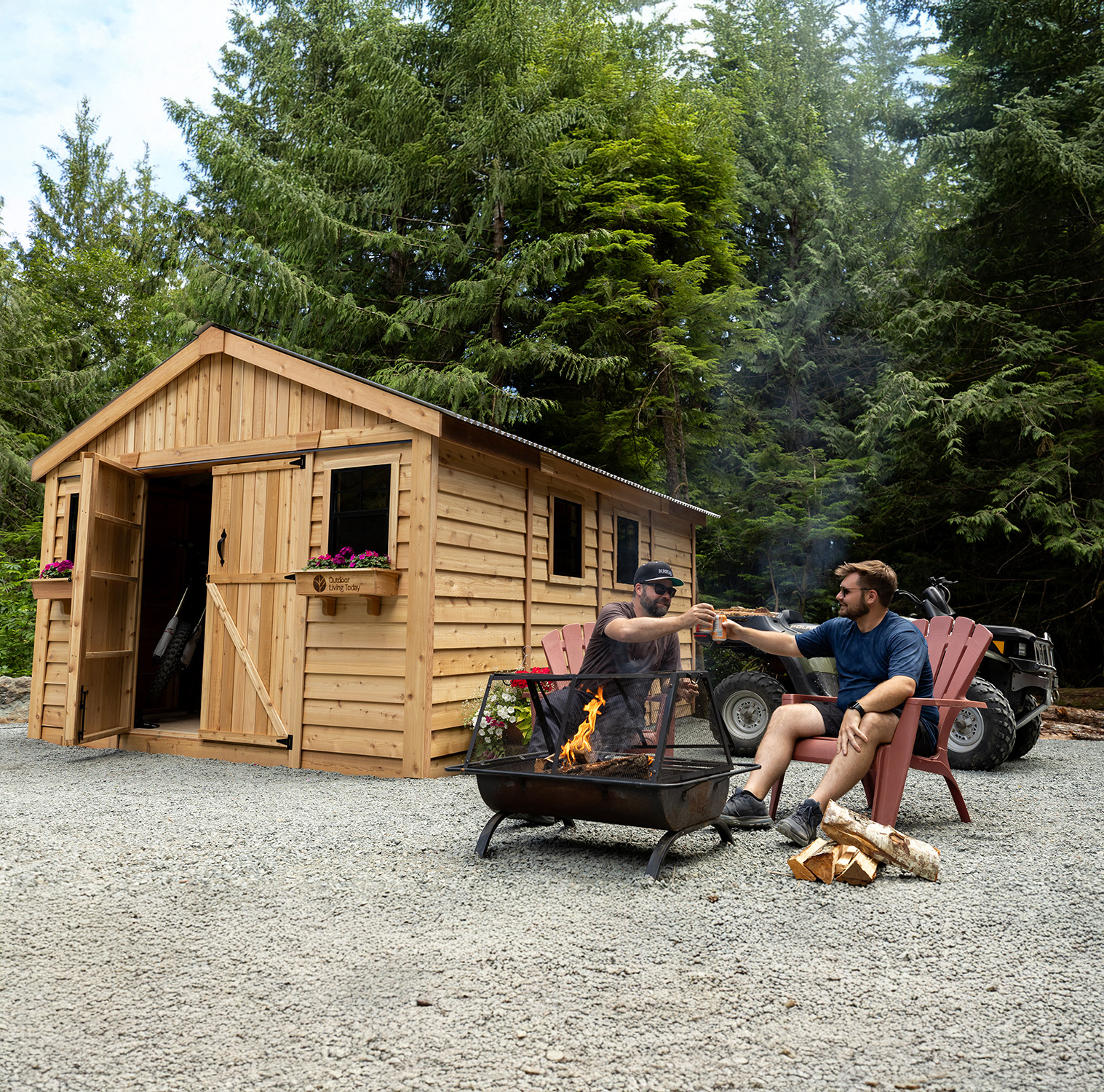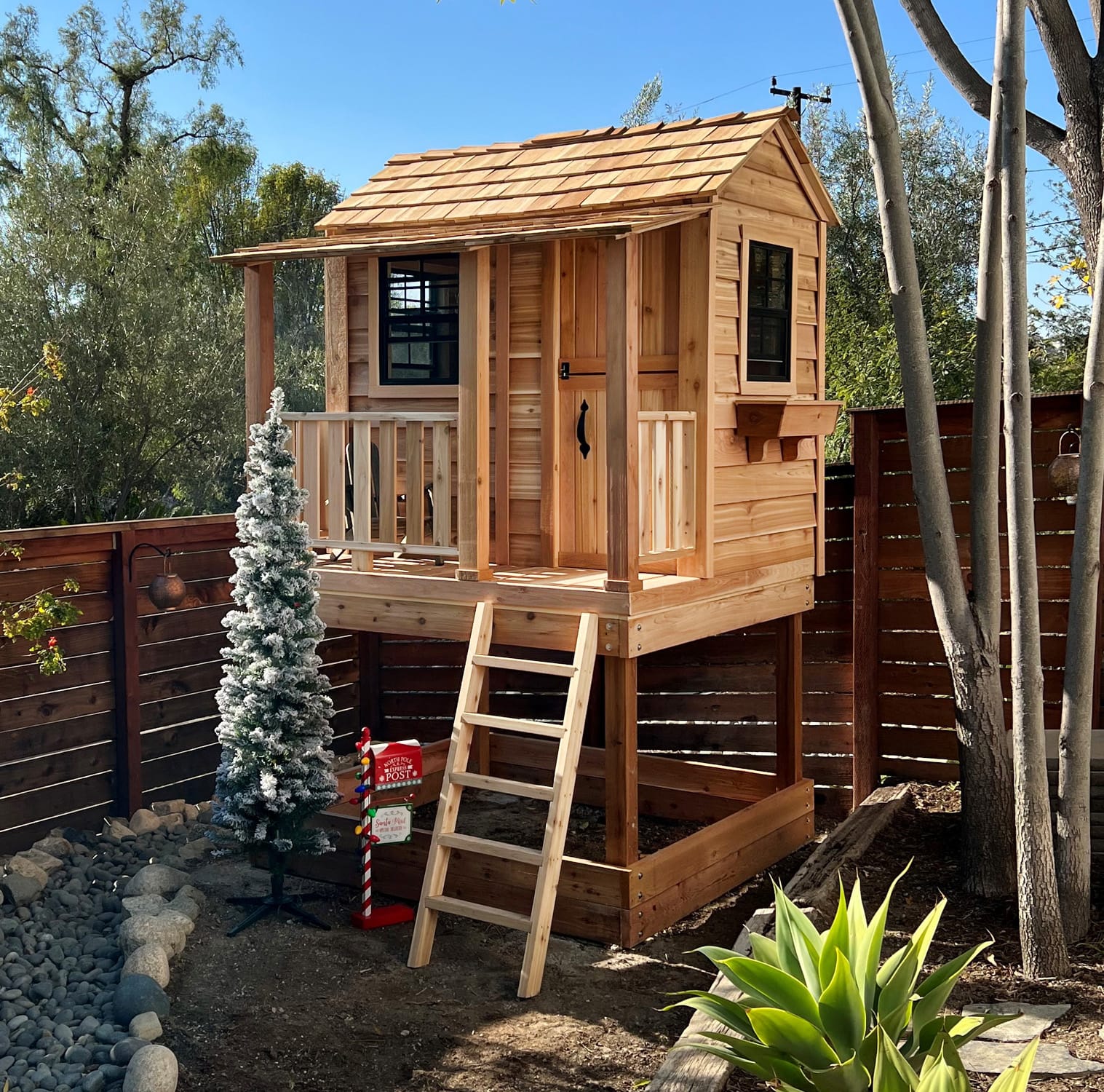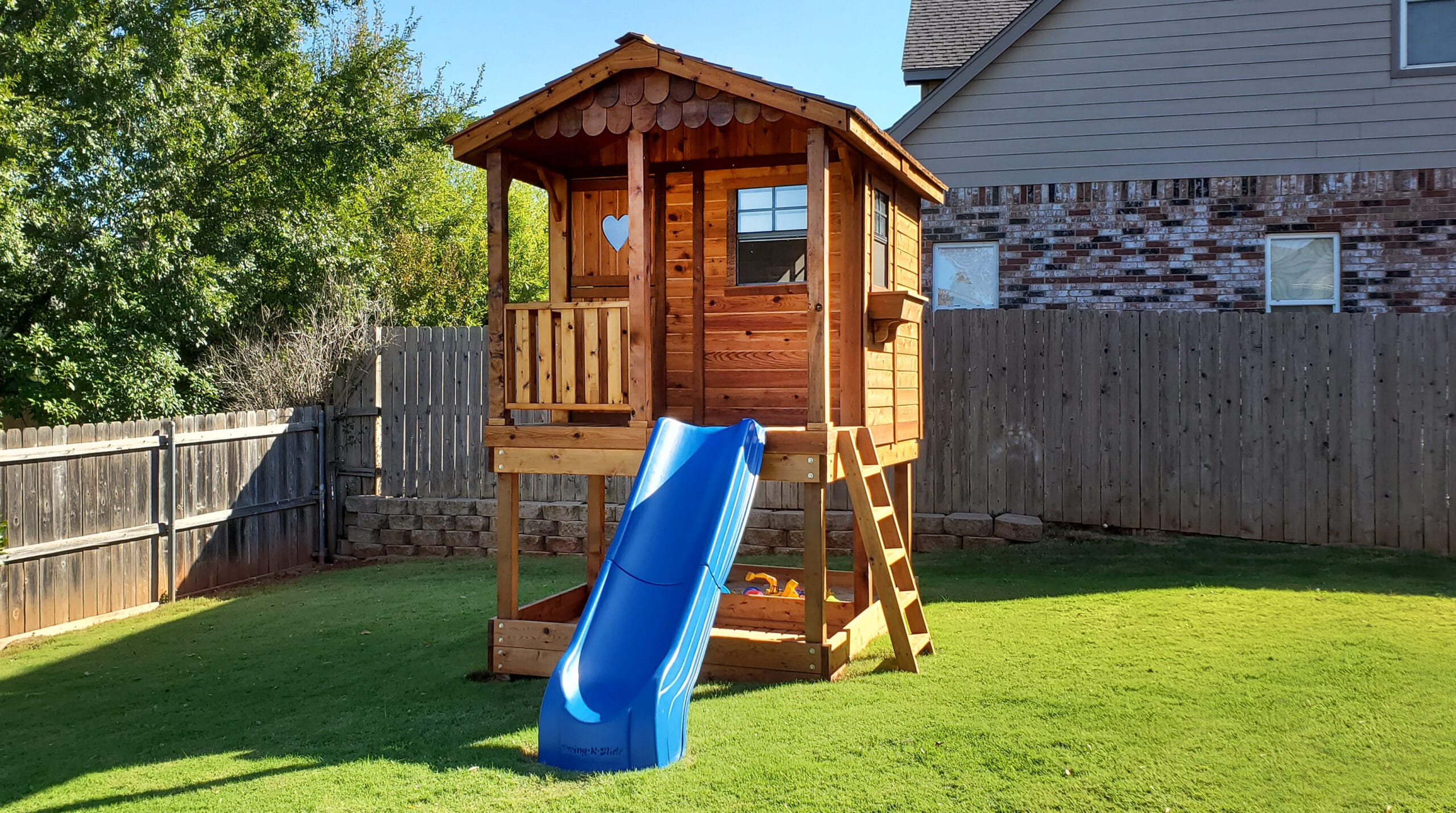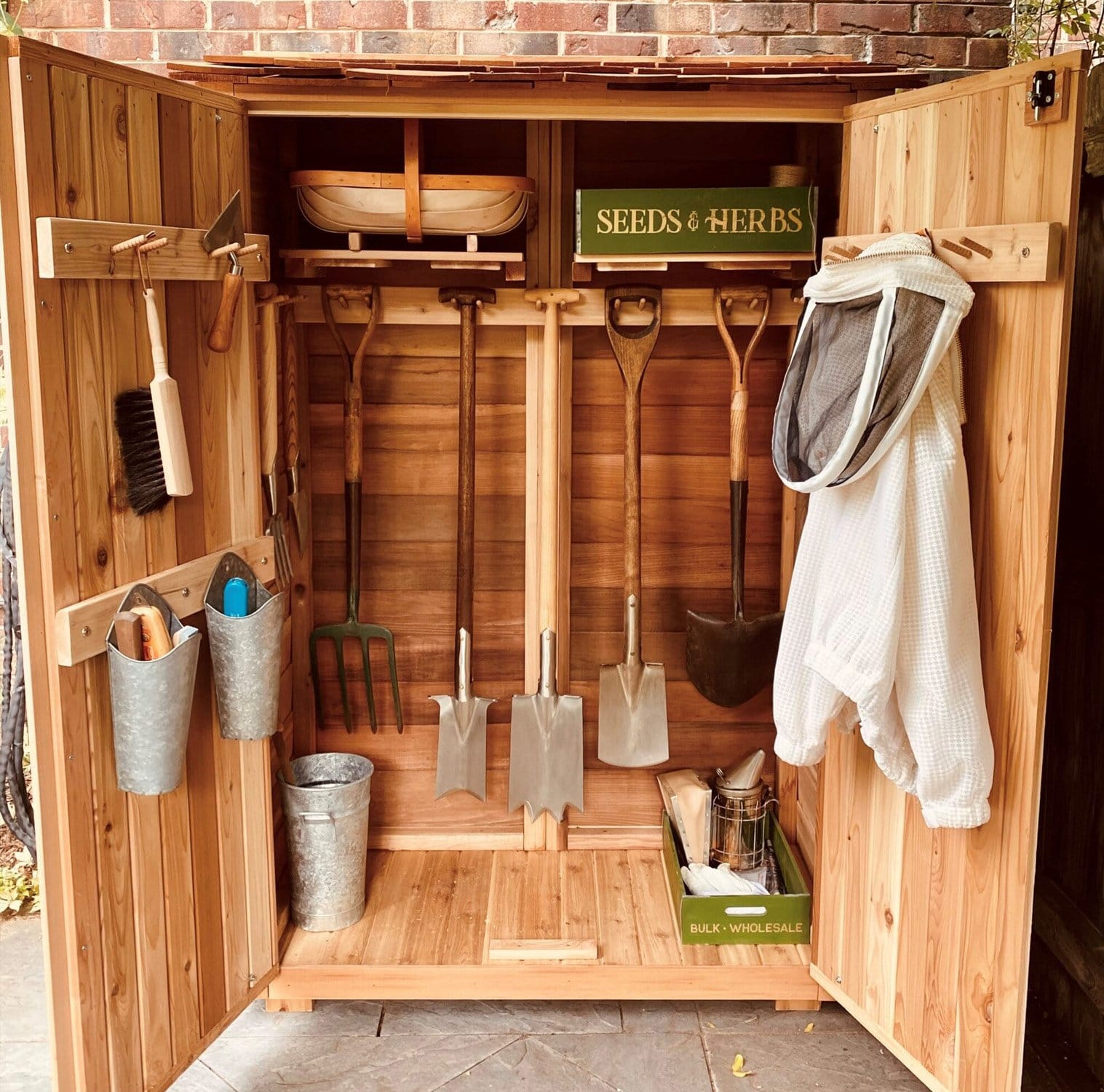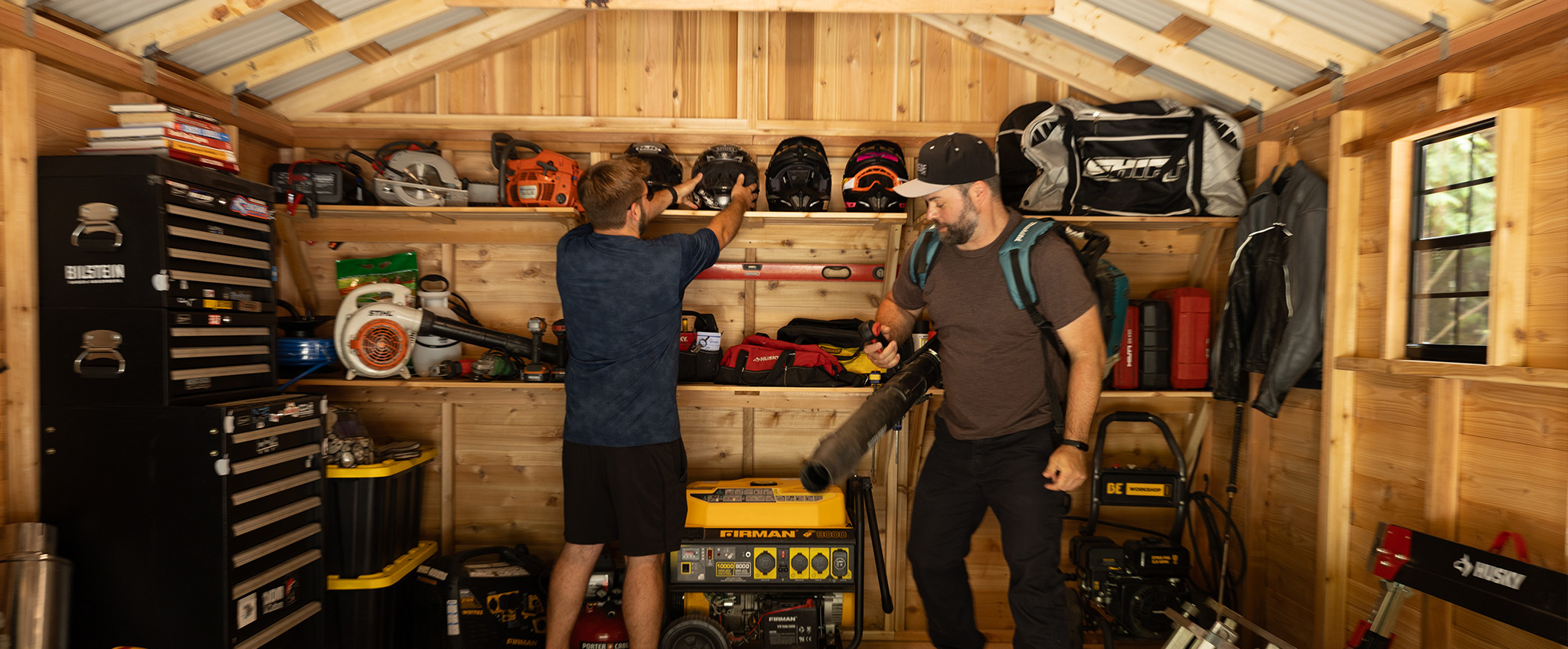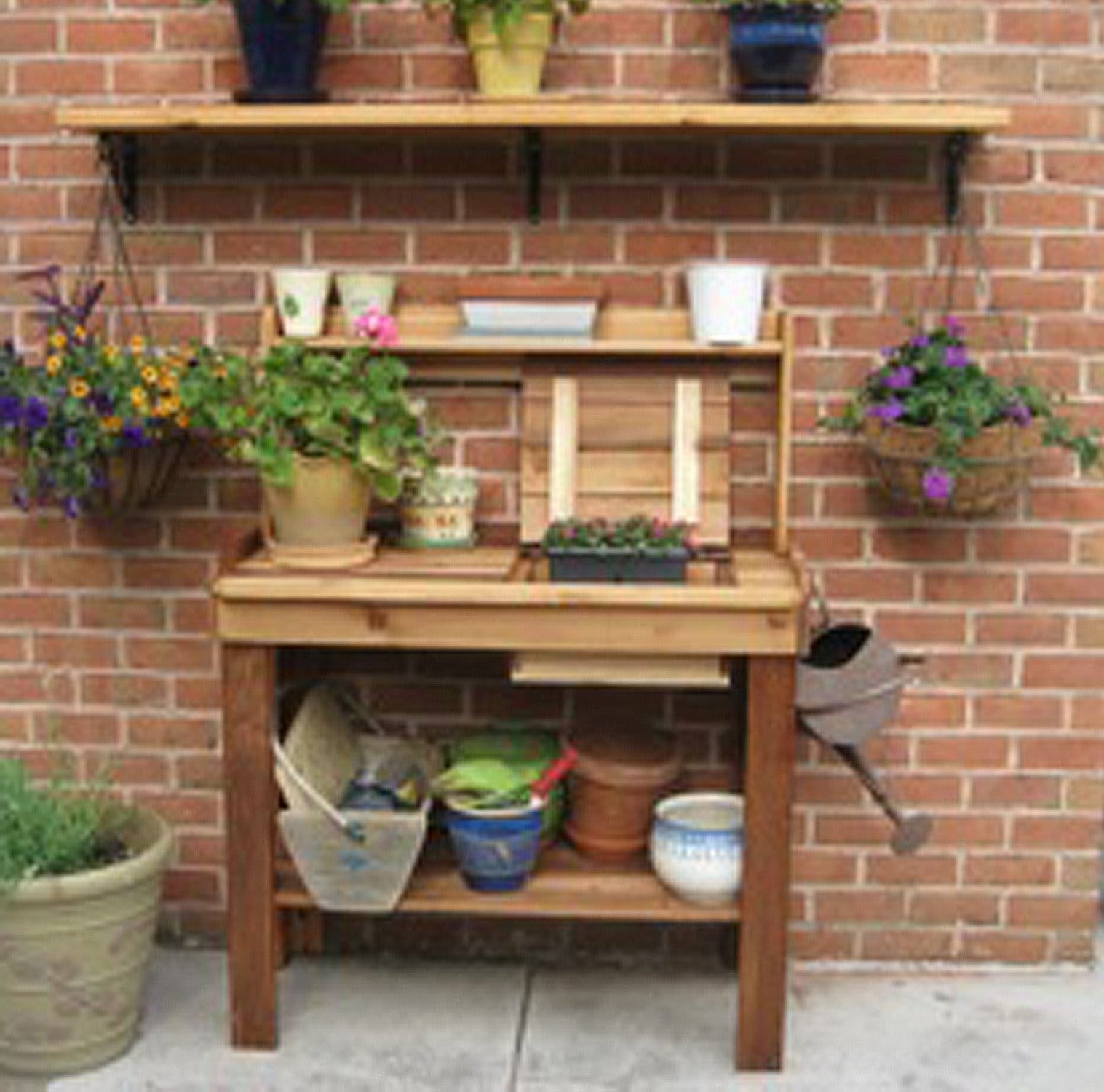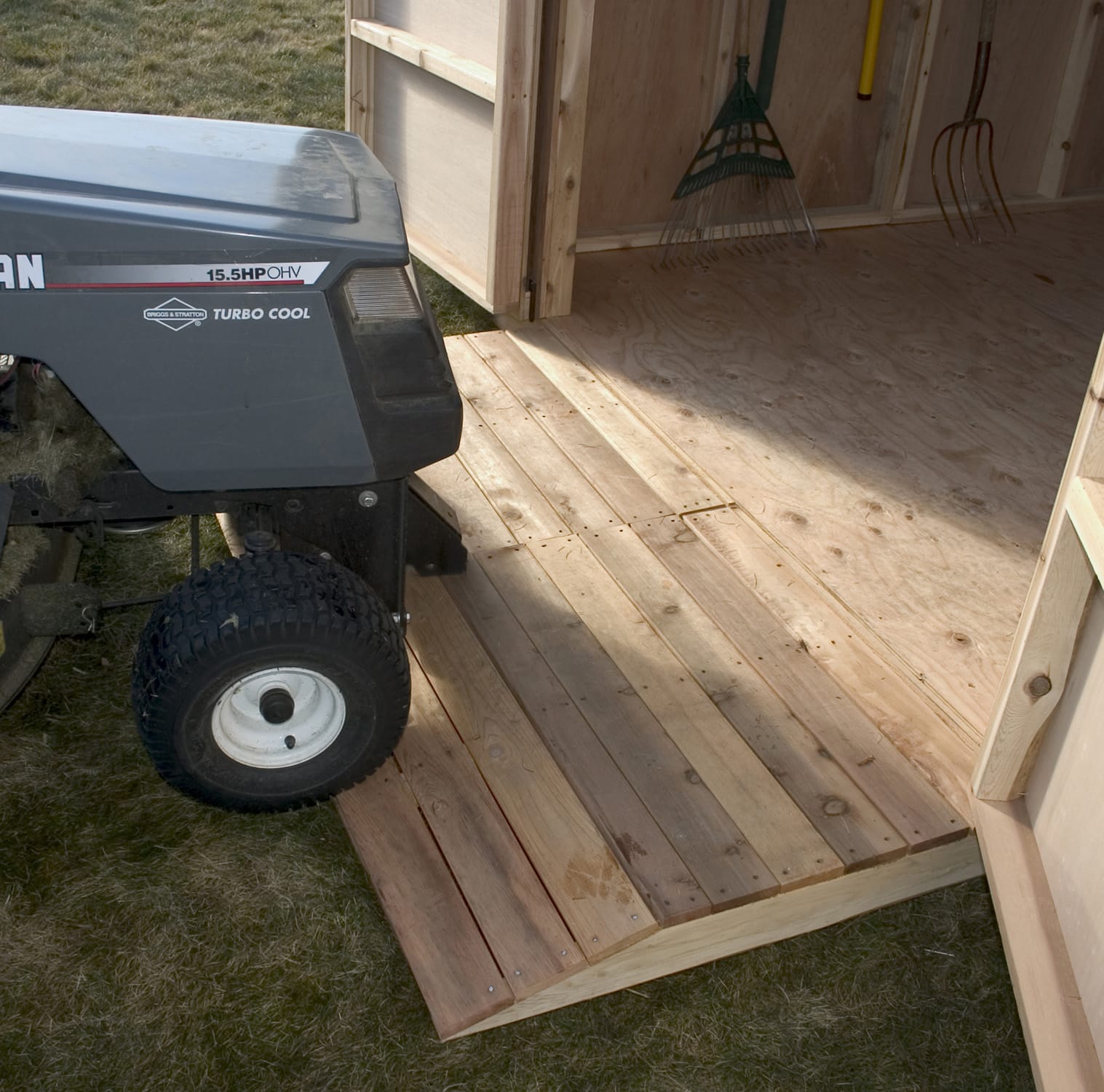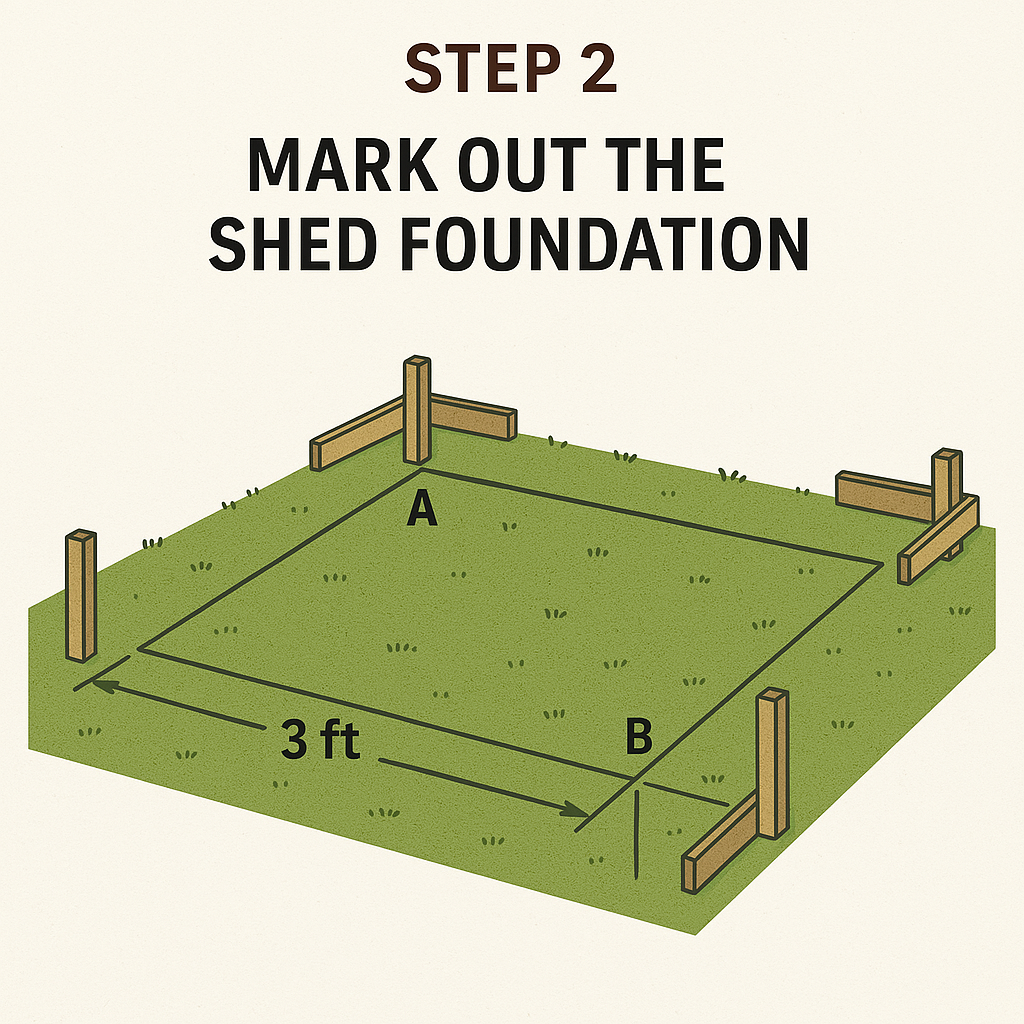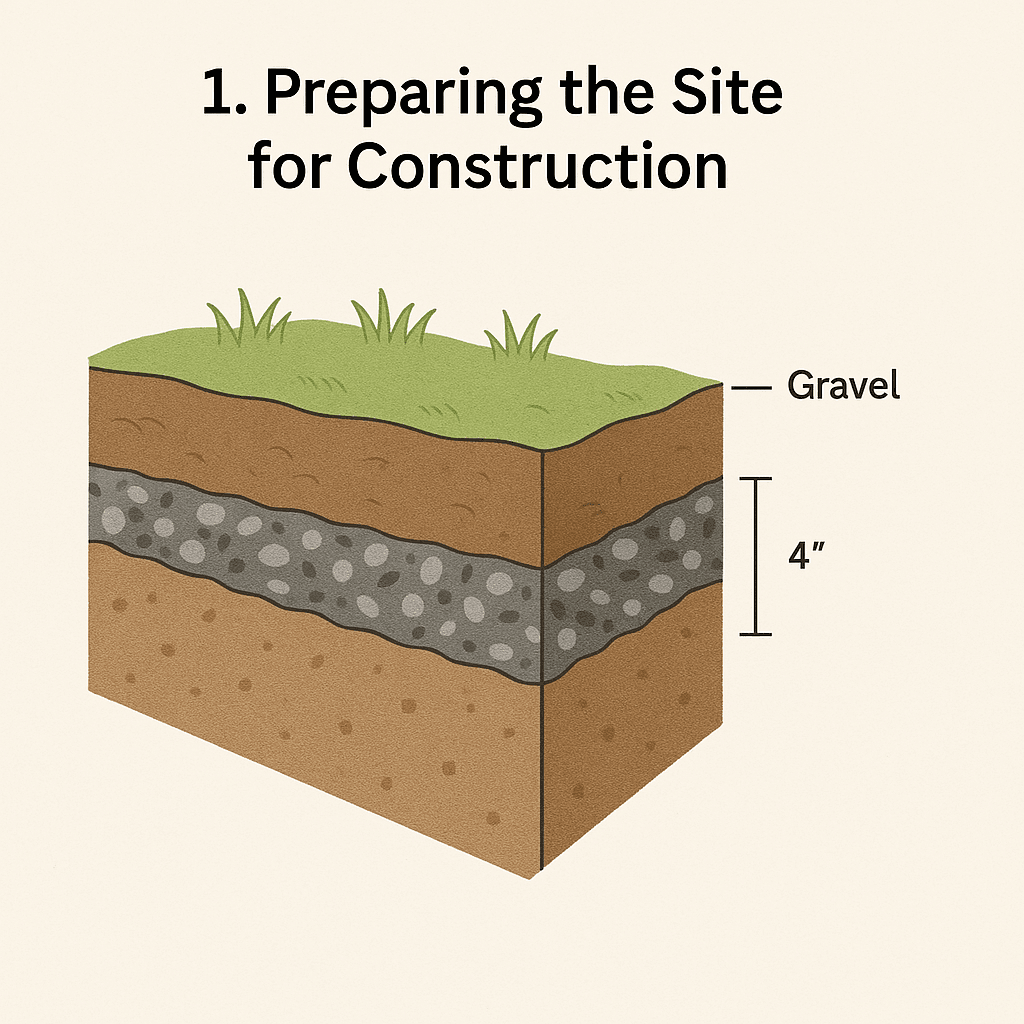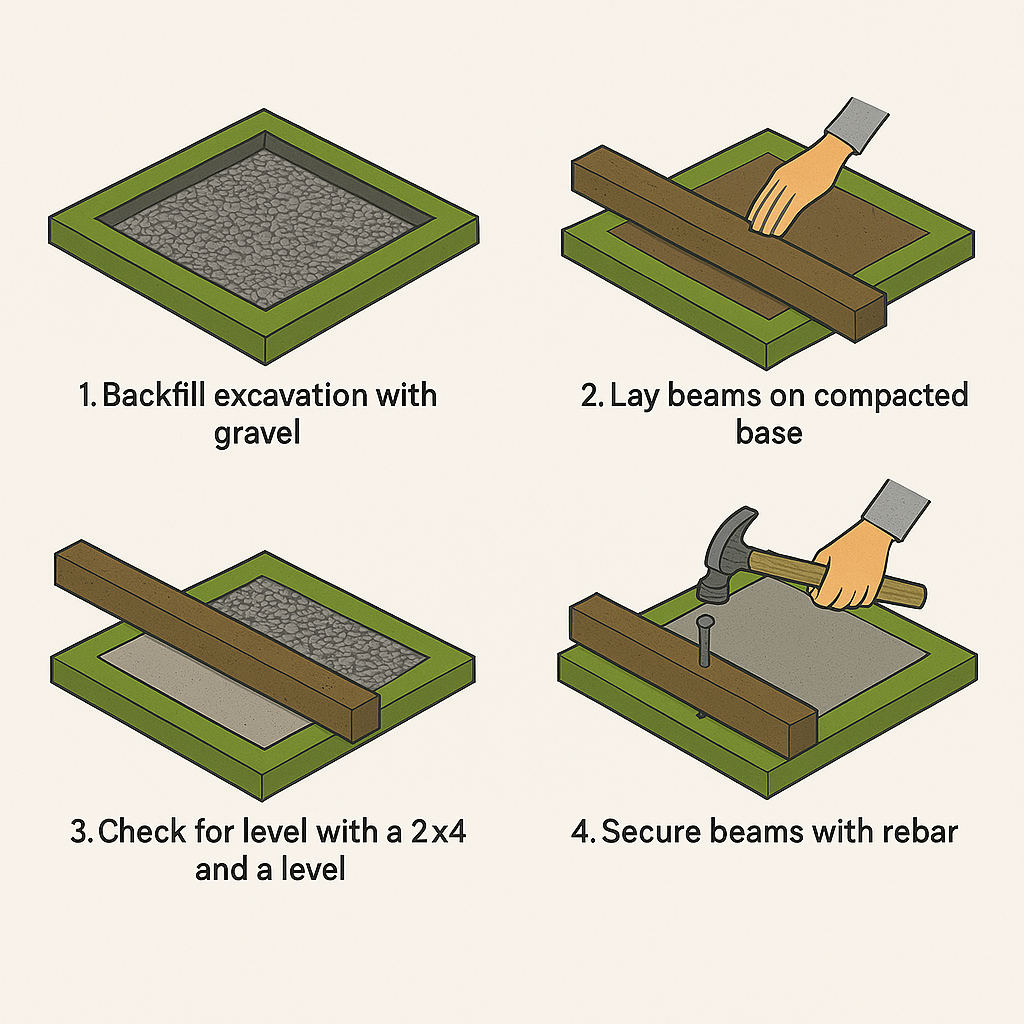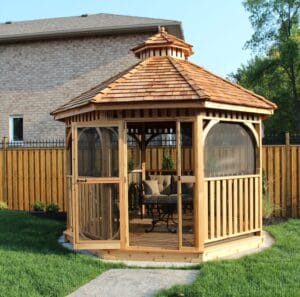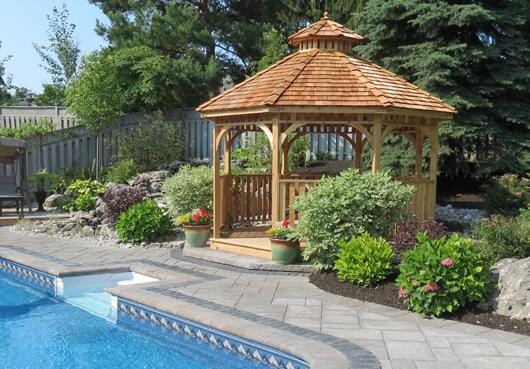Light Up the Night: Garden Lighting That Enhances Ambience and Function

Spending time in the garden doesn’t have to end at sunset. With the right outdoor lighting setup, you can enjoy your backyard well into the evening. Whether it’s quiet family time or a lively get-together with friends, garden lighting adds safety, mood, and functionality.
Outdoor Candle Lanterns: Simple, Stylish, and Soothing
Candle lanterns are a timeless and affordable way to add glow to your garden. Choose scented candles with citronella oil to keep bugs at bay while creating a cozy atmosphere. Place them in:
Glass holders to protect the flame from wind
Colored or frosted lanterns for a whimsical touch
Hanging rope lanterns from branches or hooks for a fairy-tale effect
Their flickering flames create beautiful shadows and drama, making your garden come alive at night.
Battery-Operated Lights: Flexible and Functional
Battery-powered lights are perfect for areas where hardwiring isn’t practical. Place them in:
Arbors and trellises
Remote corners of the yard
Pathway edges for safer navigation
They’re especially useful in larger backyards where you only need occasional illumination in certain areas.
Outdoor String Lights: Festive and Functional

Outdoor string lights are a must-have for dining areas, patios, or pergolas. Draped overhead or along fences, they provide ample ambient light while adding charm and character to any evening gathering.
Tip: Use warm white bulbs for a cozy feel or colorful LEDs for a party-ready vibe.
Outdoor Light Fixtures for Safety and Utility
Just like indoor lighting, outdoor spaces benefit from layered lighting. Consider:
Task lighting over barbecues and food prep areas
Pendant or hanging lights over outdoor dining tables
Step or post lights along paths and stairs
Choose lights with weather-resistant finishes and dimmer capabilities to adapt to various occasions.
Landscape Lighting: Highlight What Matters
Use spotlights or floodlights to showcase:
Trees and shrubs
Water features like fountains or ponds
Garden sculptures or focal points
Colored LED landscape lighting can create stunning effects and emphasize your garden’s best features after dark.
Pool and Water Feature Lighting
Got a pool or waterfall? Install submersible lights to create shimmer and motion in water at night. Be sure these installations are handled by a certified electrician, especially when local electrical codes apply.
Patio and Deck Lighting: Extend Your Living Space
Blend functional and ambient lighting around patios and decks with:
Recessed lights in stairs or deck boards
Wall sconces near doors or seating areas
Dimmer-enabled string lights or sconces for mood flexibility
Your deck or patio can double as a living room when properly lit, offering another reason to stay outside longer.
Final Thoughts: Outdoor Lighting for Every Garden
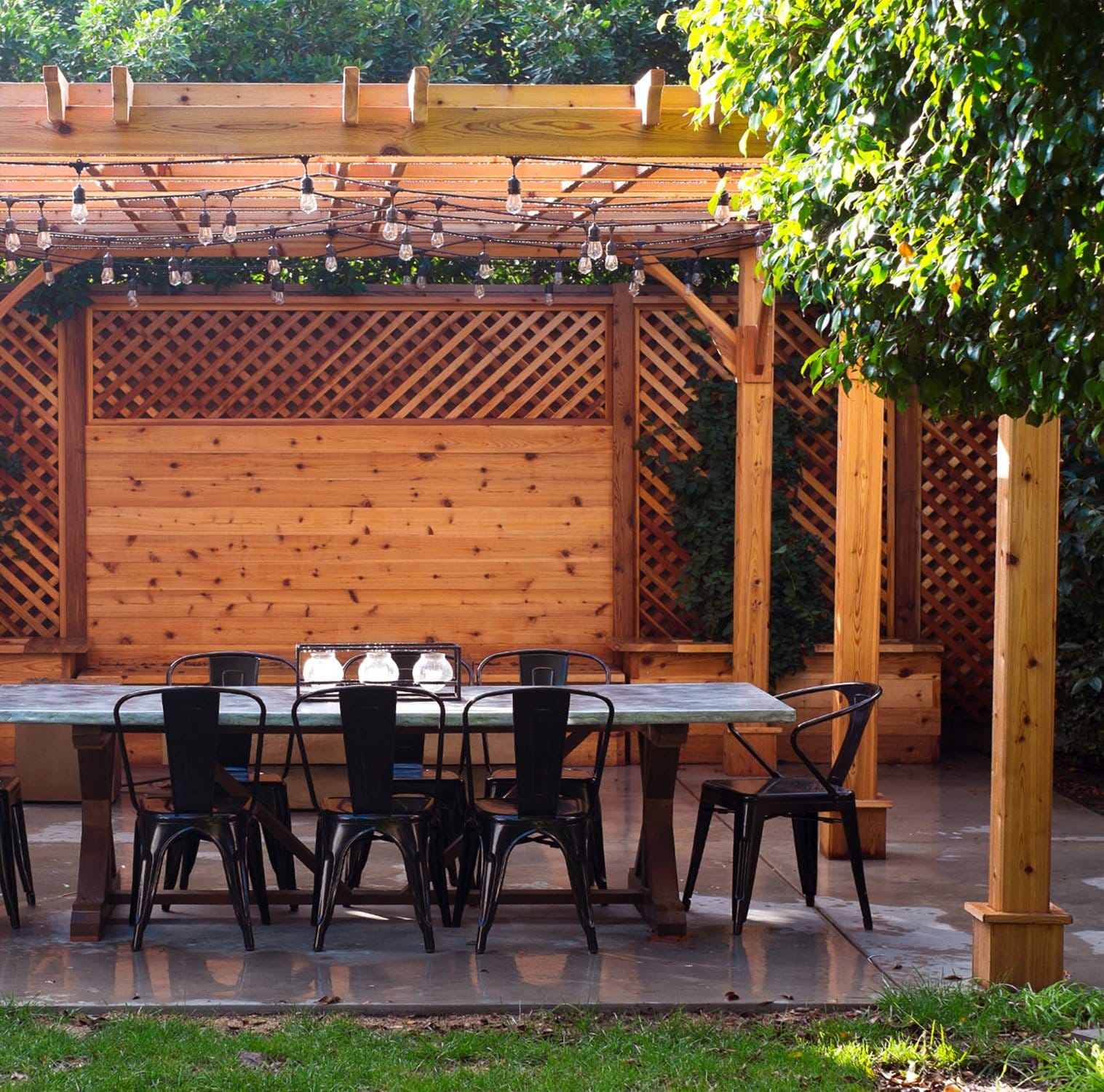
Whether you’re looking to create a romantic atmosphere, keep your walkways safe, or host nighttime dinners with friends, garden lighting brings beauty and practicality together. With a thoughtful blend of lanterns, string lights, and landscape fixtures, you can enjoy your outdoor space long after sunset—no matter the season.

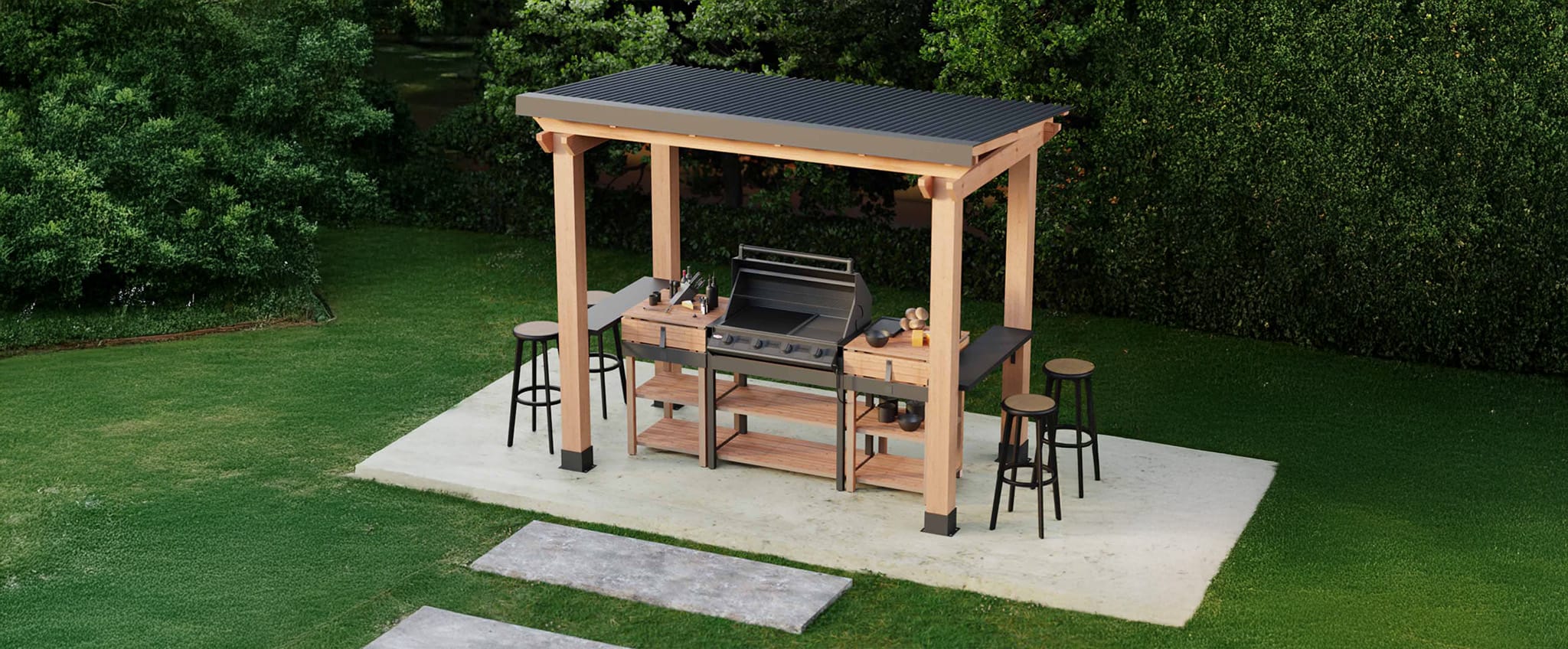
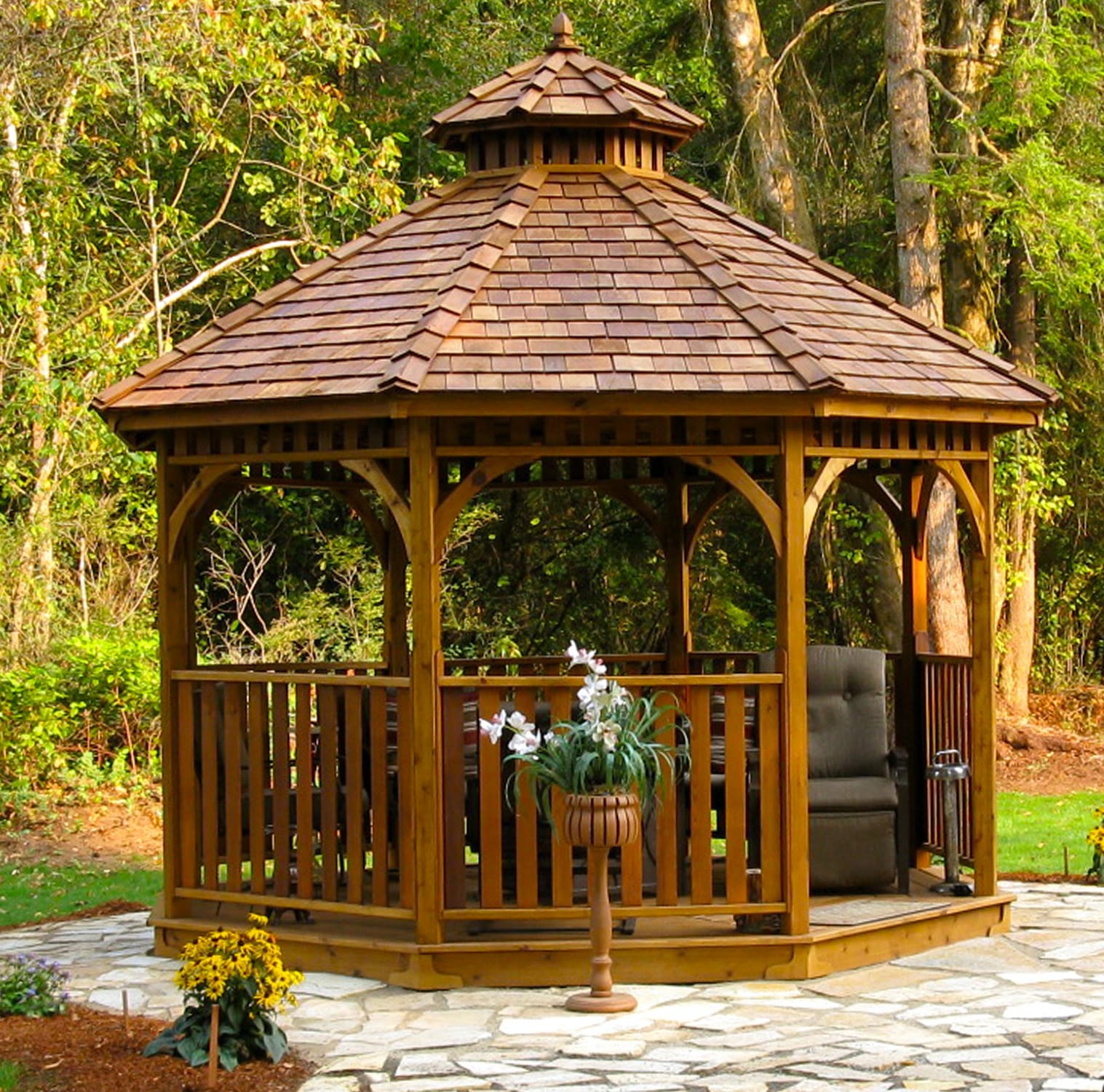

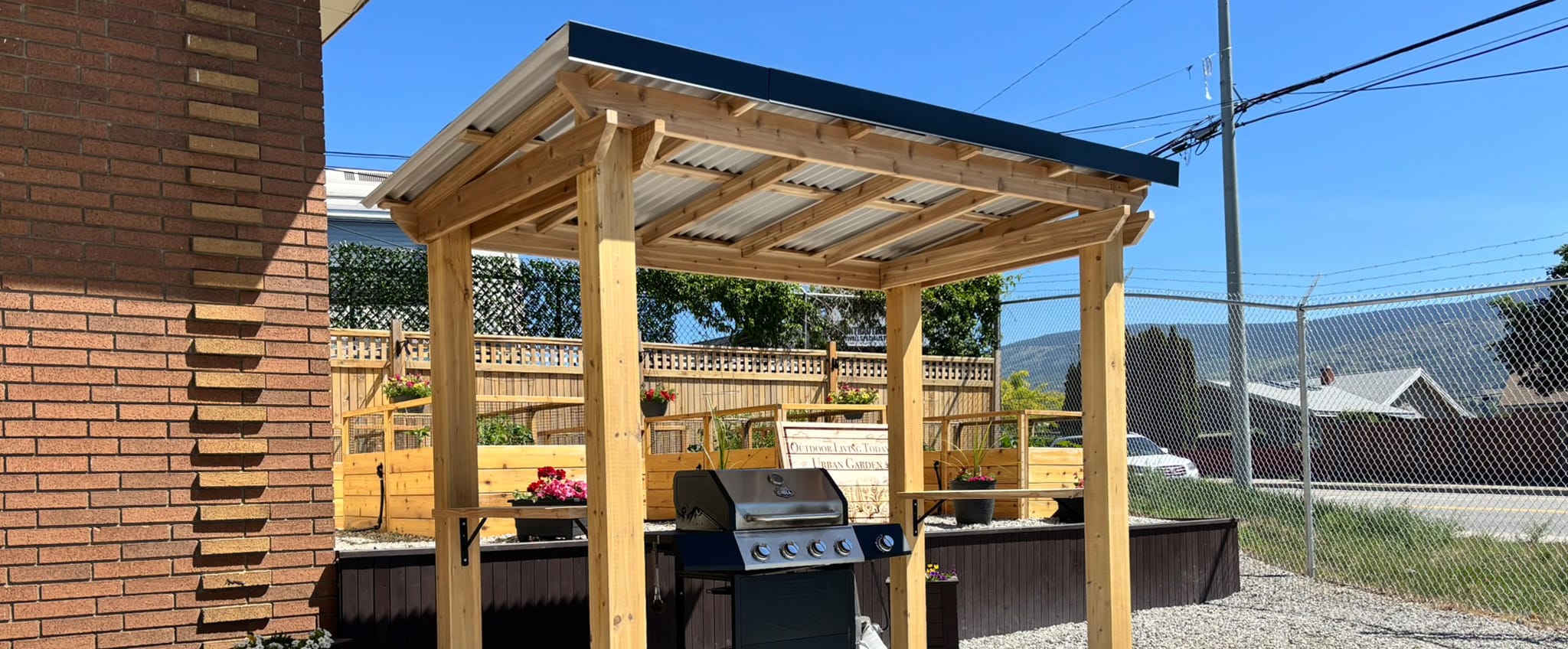
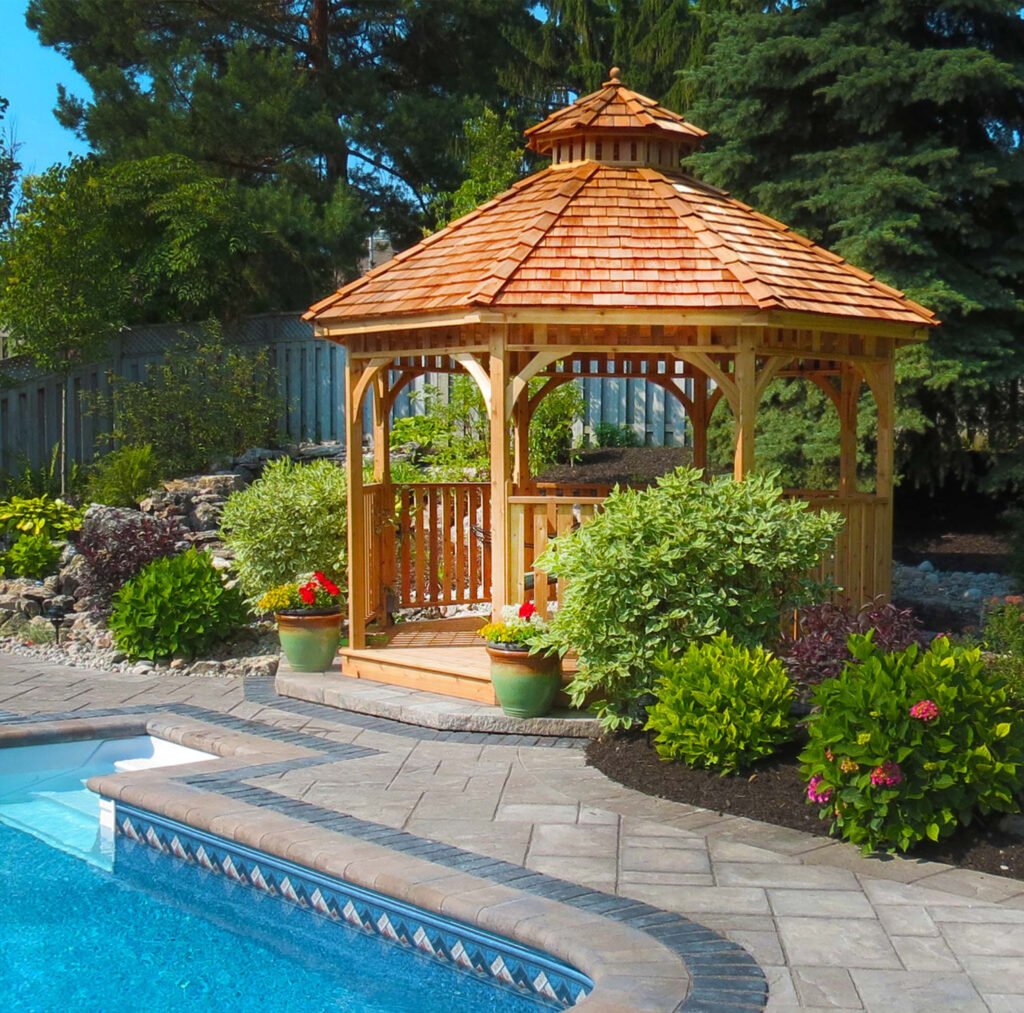
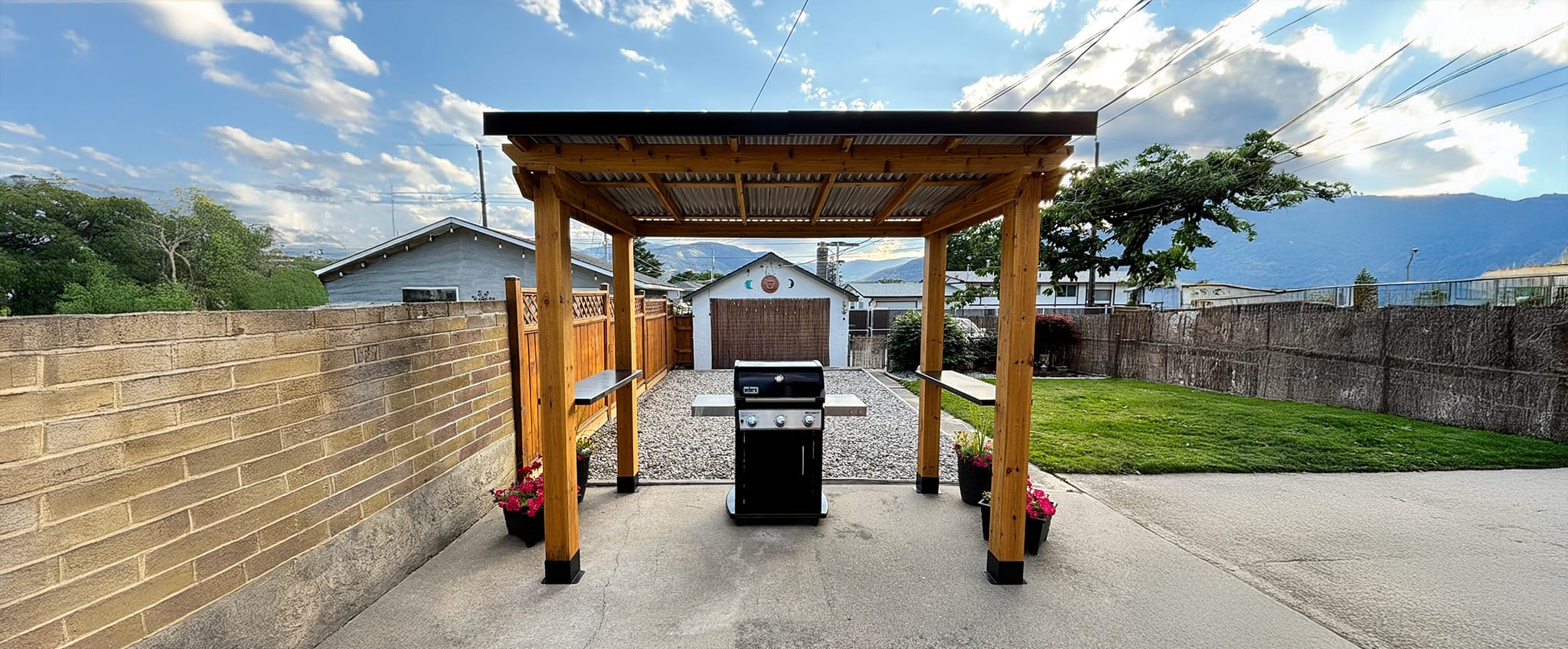

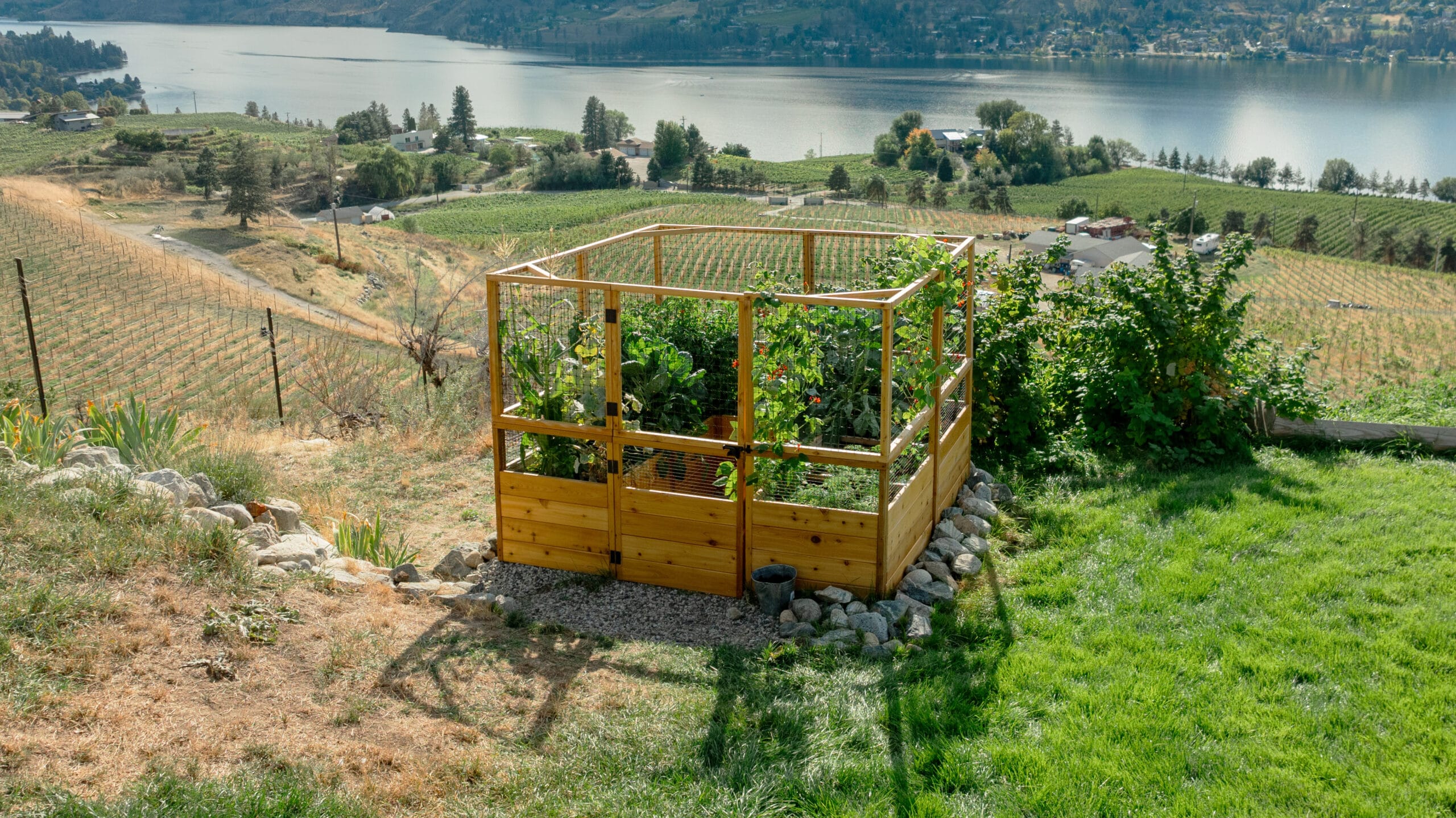
 Why Eco-Friendly Lawn Care Matters
Why Eco-Friendly Lawn Care Matters Watering Wisely
Watering Wisely Aerate for Healthy Soil
Aerate for Healthy Soil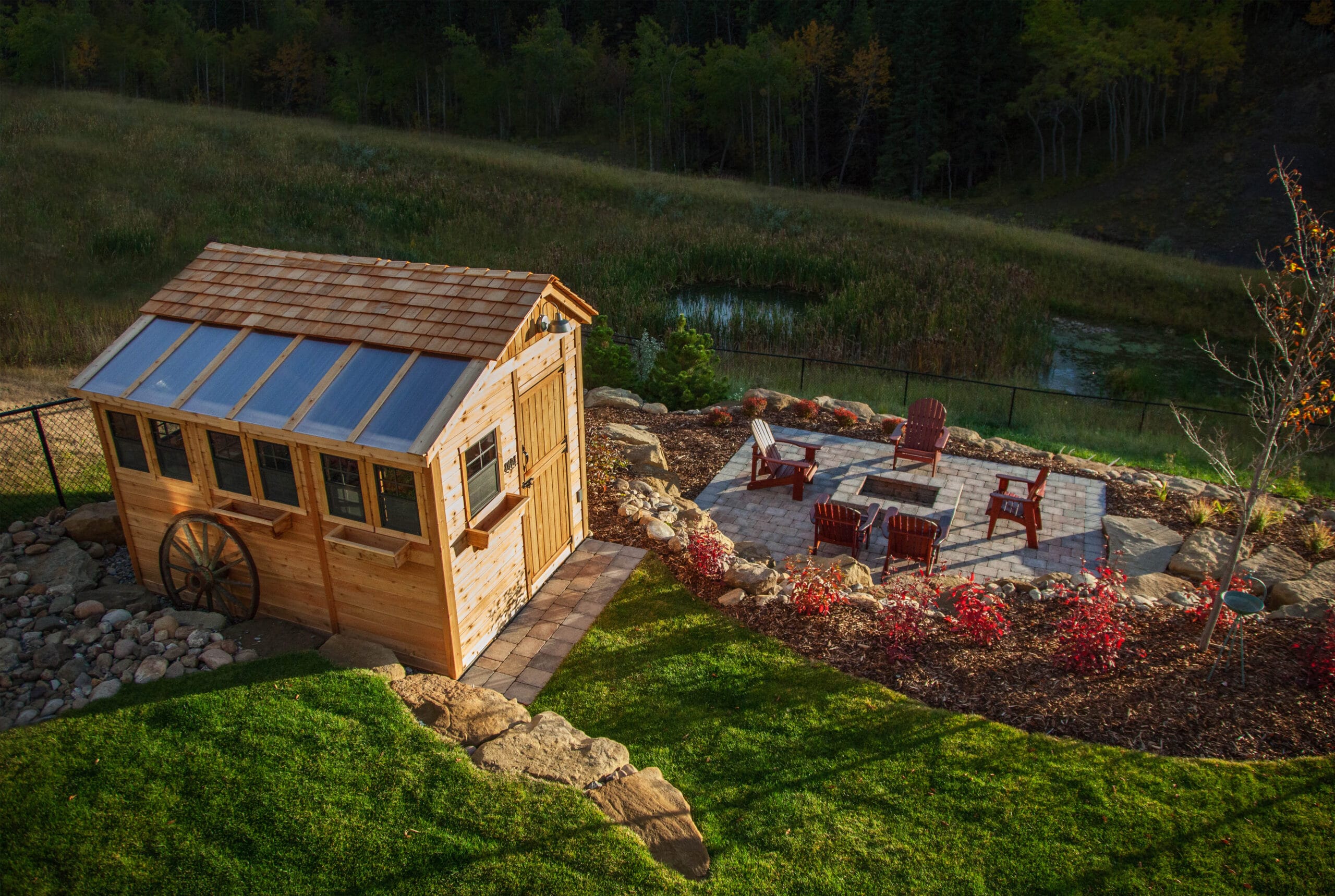
 Organic Fertilizing and Feeding
Organic Fertilizing and Feeding Mowing Best Practices
Mowing Best Practices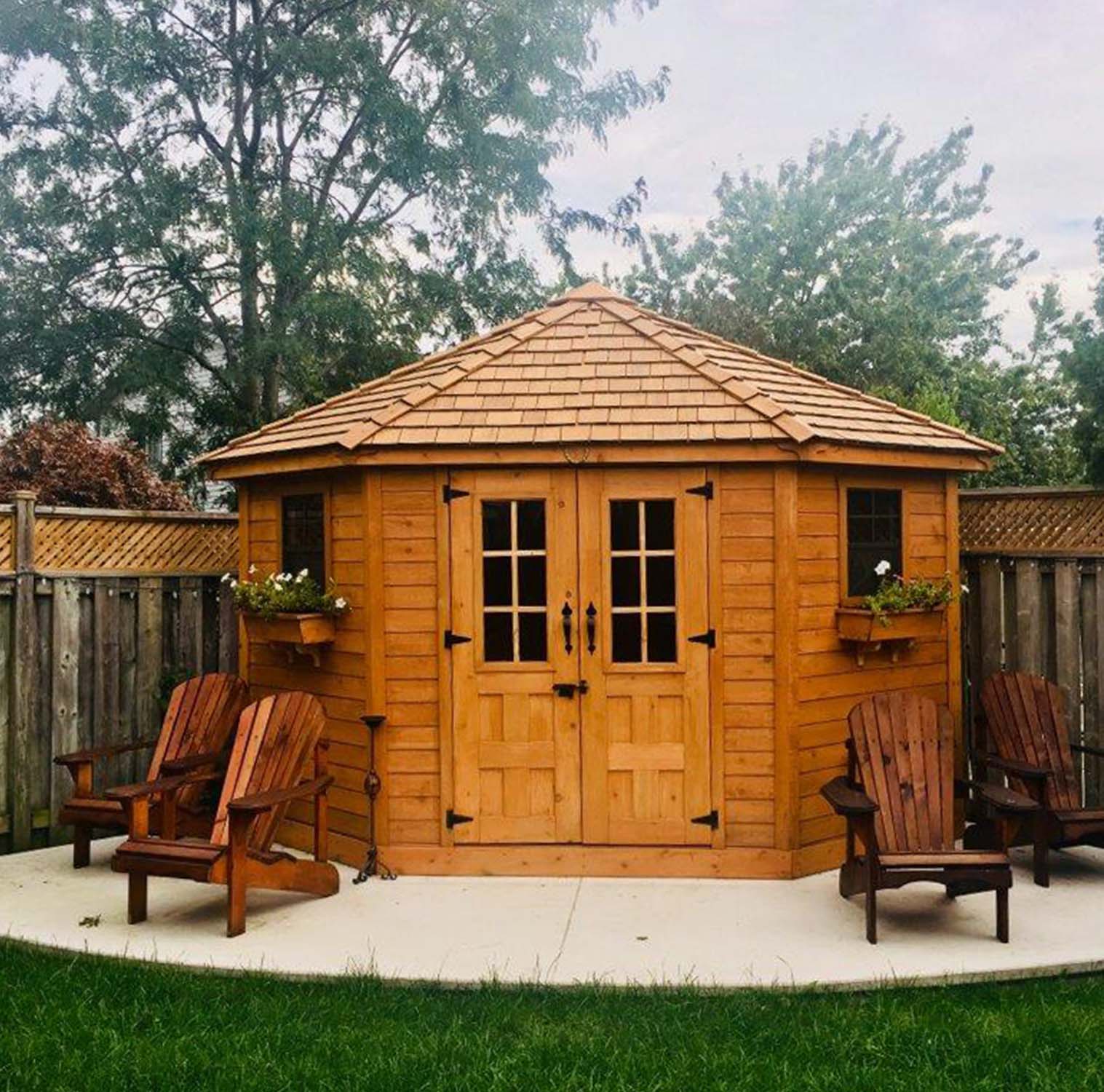
 Seasonal Lawn Care Schedule
Seasonal Lawn Care Schedule Build a Sustainable Lawn
Build a Sustainable Lawn